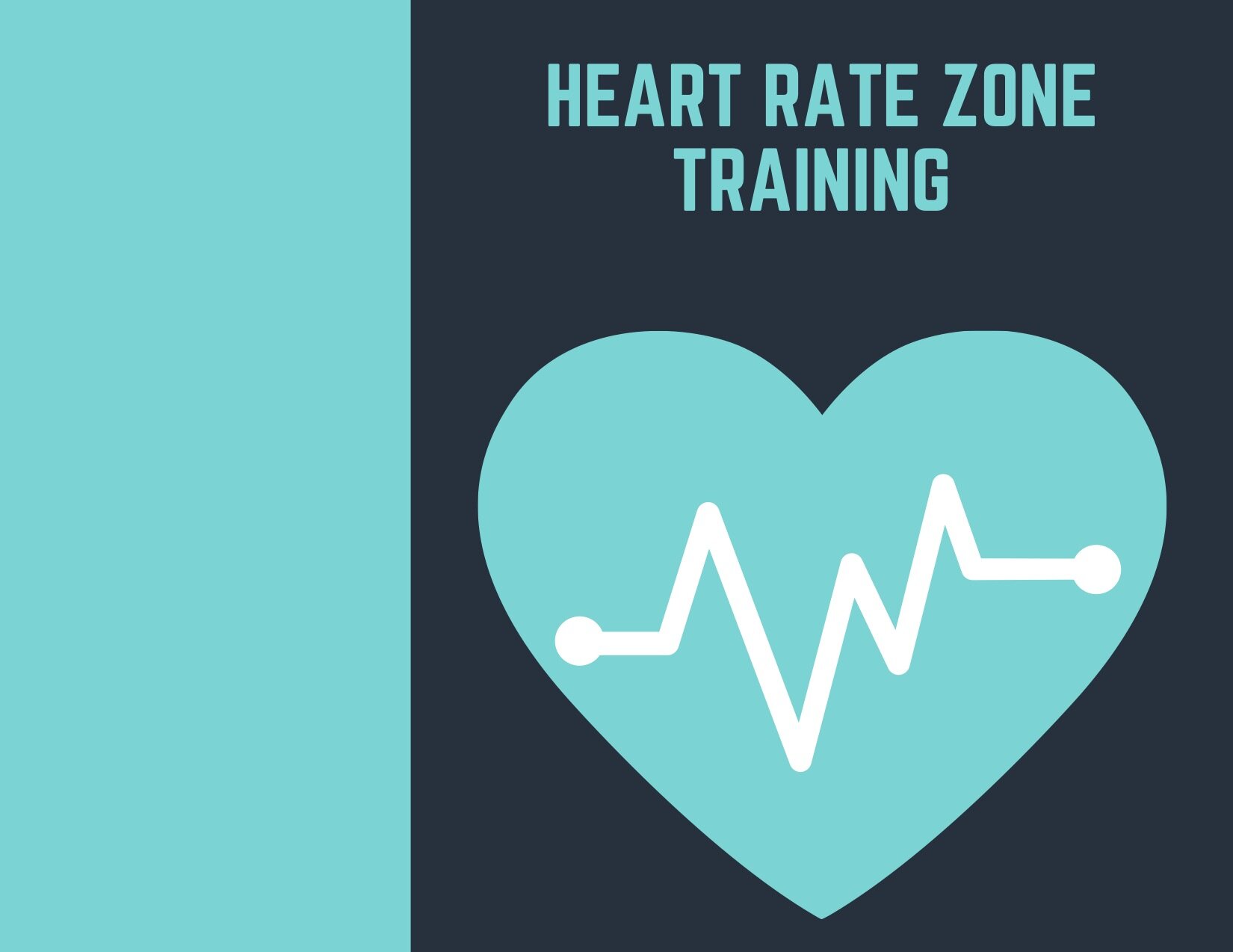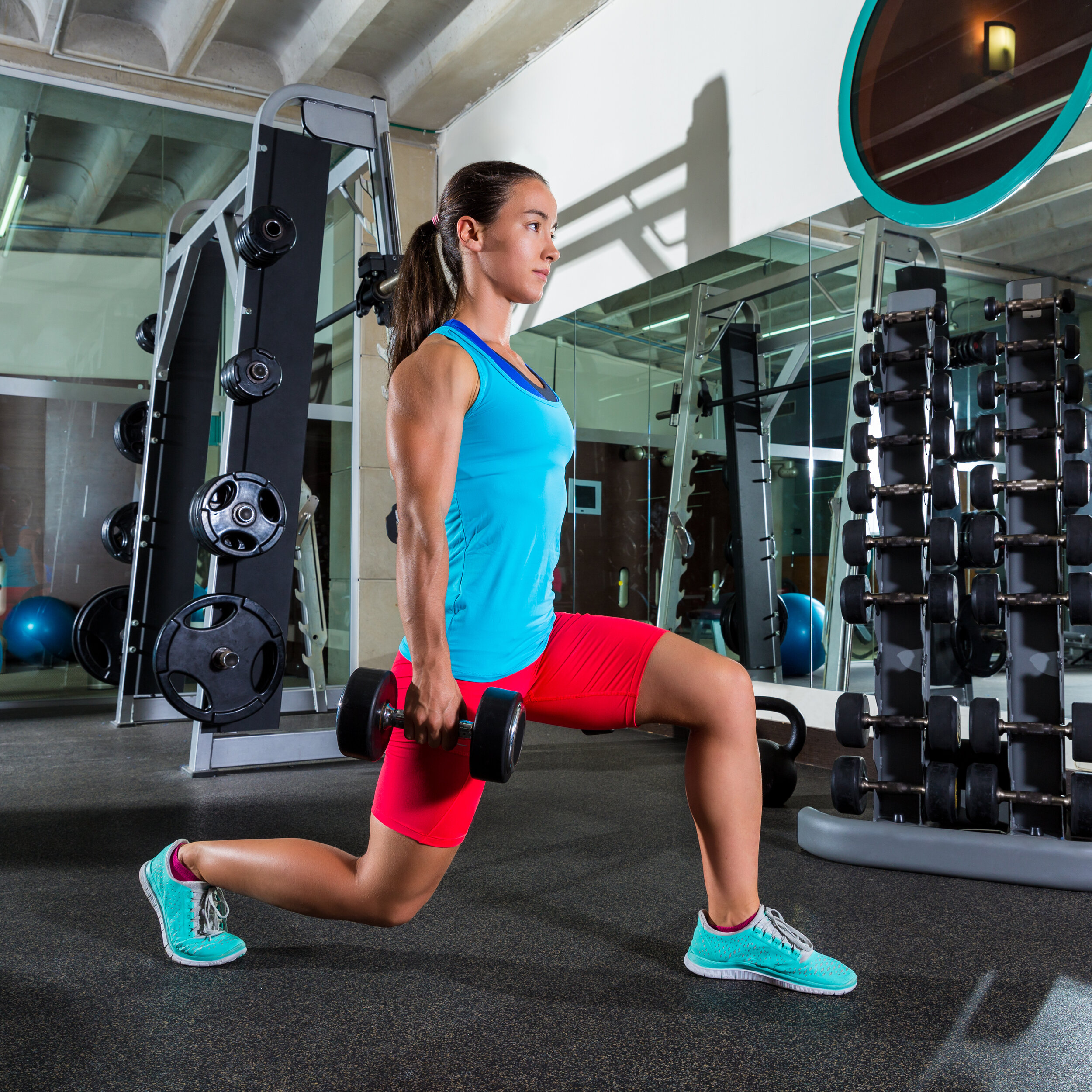Do you accidentally pee when you cough or sneeze? Or when your best friend makes a joke out of nowhere that has you rolling with belly laughter? What about when you run, jump, or workout? Do you dread when the workout includes box jumps or jumping jacks or find yourself making a literal run for the bathroom in the middle of the workout? What about when you really, REALLY, have to go?
Contrary to some beliefs, leaking urine is not something you just have to live with just because you’ve had babies, you’ve gone through menopause, or you lift really heavy things on the daily. Let’s explore the Who, the What, the When, the Where, the Why, and the How with all things incontinence.
The Who:
Incontinence affects men and women alike, but today’s post is focusing on women (sorry, men!). It can affect women throughout the lifespan, including during childhood and high school, pregnancy, postpartum, and during or after menopause. Incontinence affects couch potatoes to elite athletes and everywhere in between. Depending on age and other risk factors, there is a fairly decent chance that your female friend sitting next to you experiences incontinence or has at some point in her life. Here are some numbers:
25% of young women and 44-57% of middle aged and postmenopausal women experience incontinence (1)
49% of women who exercise at the gym or attend gym classes, with at least one risk factor for stress urinary incontinence (we will discuss stress urinary incontinence later), experience stress urinary incontinence (2)
The What:
Now let’s get into what it is. Incontinence refers to any unwanted or accidental leaking of urine, feces, or gas. Urinary incontinence is specific to accidental leaking of urine, which could be just a few drops or you may feel like your whole bladder empties accidentally. Here are a few of the most common types of incontinence:
Stress – involuntary loss of urine with physical exertion – cough, sneeze, laugh, exercise
Urge – involuntary loss of urine associated with urgency
Mixed – combination of urge and stress incontinence
The When:
When does it happen? Well, it can happen with quick increases in intra-abdominal pressure – like with a cough, sneeze, or laugh – or it can happen with a really strong urge. Certain times of a woman’s life also bring significant changes in hormones and the pelvic floor, which can both affect continence. Some of these times include pregnancy, childbirth, postpartum, menopause, and undergoing certain surgeries, such as pelvic or abdominal surgeries. Other factors that increase the risk of developing incontinence include a high BMI, older age, a family history of incontinence, and smoking.
The Where:
Where does it occur? Well this seems a bit silly. Other than leaking happening in your pants, let’s go on a limb here to describe “the where” in relation to pelvic anatomy. Your bladder empties urine through the urethra which sits anteriorly, or in front of, your vagina. Your bladder sits in your pelvic cavity, along with your other pelvic organs – uterus, ovaries, and rectum – and with other ligaments and connective tissue. Below the organs is your pelvic floor. The next blog post on women’s health will be on the pelvic floor, but for now, just think of your pelvic floor as a hammock of muscles supporting your pelvic organs, including your bladder. Okay, go ahead and keep that mental picture as we transition to the Why.
The Why:
Why does it happen? Well, this is a bit of a loaded question. There can be many reasons why, but let’s go back to the pelvic floor and focus on that part today. If your pelvic floor is not strong enough, is overactive, lacks coordination, or has poor activation patterns, it may not be working effectively or efficiently which can lead to incontinence. Your pelvic floor has both fast-twitch muscle fibers (fibers that turn on quickly) and slow-twitch muscle fibers (fibers that turn on slower but can hold longer), so we want to train both depending on the task. Pelvic floor contractions, also known as Kegels, can be used to help strengthen the pelvic floor. But – and a big “but” here – not everyone needs to do kegels! This is where a pelvic floor therapist can help determine what you need. More on that next.
The How:
How do we stop leaking? Fun fact: in postmenopausal women, those who underwent three months of pelvic floor PT had a 75% reduction in symptoms (3). It’s also effective in other populations. “Okay, so there’s hope,” you’re saying. Yes! Pelvic floor physical therapy can be an effective tool in improving continence. Not only will we assess for proper pelvic floor function that could be contributing to your incontinence, but we can also discuss other contributing factors, such as bladder and bowel habits (fun fact #2: your bladder is very trainable!). We will also assess other muscles and your movement patterns that could be contributing to your symptoms. Our bodies are really good at compensating without us being aware, and we can help identify those compensation patterns and assess if they are contributing to symptoms or putting you at risk for injury in the future.
Many women can feel embarrassed by their incontinence and end up avoiding different activities, like exercising. We want to help you feel confident in whatever you do. Watch out for that next post on women’s health in a few weeks on the pelvic floor; we’ll also include what to expect in a pelvic floor physical therapy appointment. We promise – it’s not as scary as it sounds!
There you have it. The Who, What, When, Where, Why, and How of incontinence in women. If you have any remaining questions or comments on incontinence, please don’t hesitate to reach out at info@keprospt.com!









